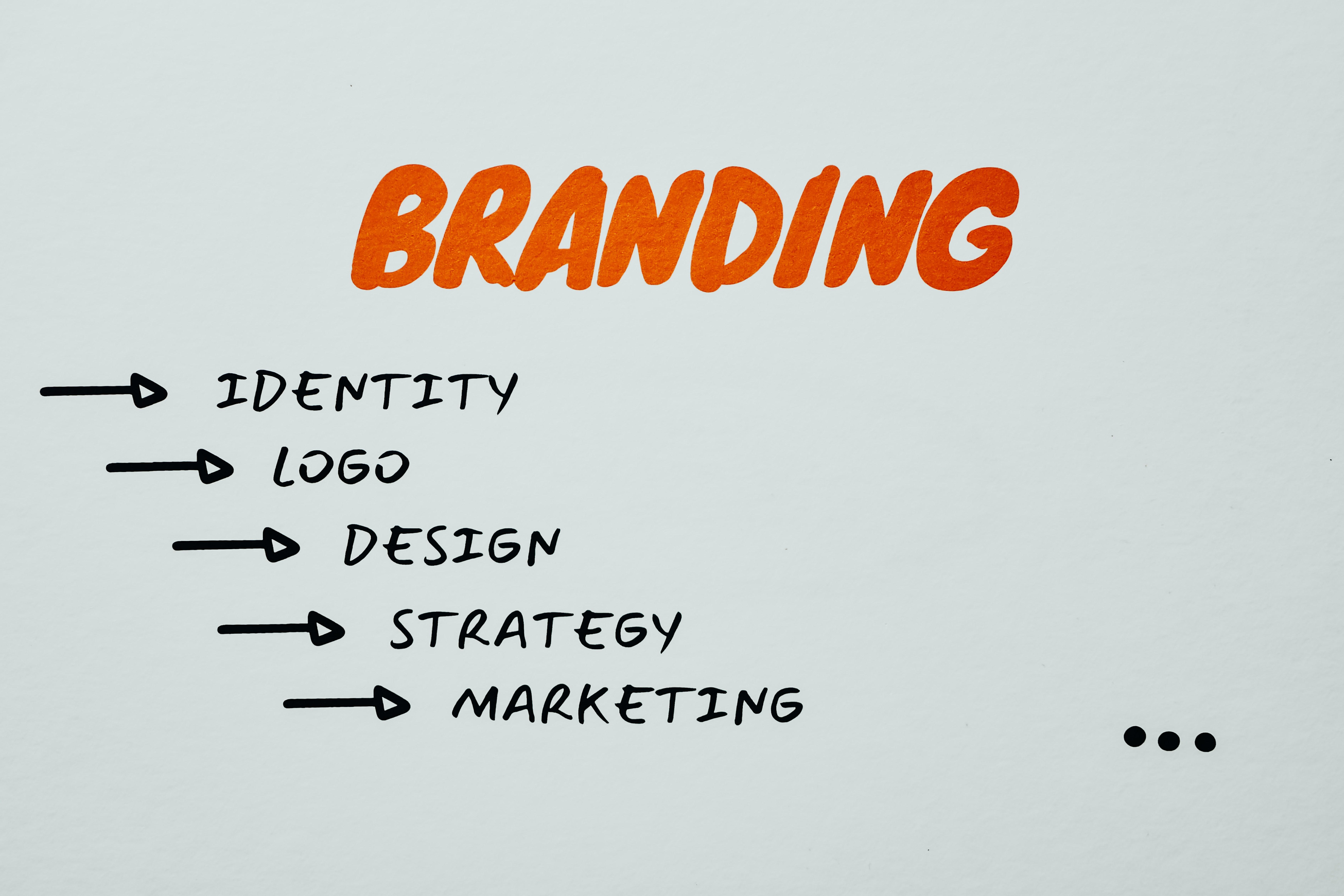Blog

The importance of branding is key to running a successful business. It is the way that consumers identify with you, your product or service, and recall a need for what you offer when the time arises. Branding is essentially your identity in the marketing world and how you leave an impact on consumers. There are several ways to solidify your brand and here are just a few:

In a crowded digital landscape, it can sometimes feel impossible to stand out. Custom illustrations can be a powerful tool to help set your brand apart!
Here are 4 reasons to incorporate illustrations into your marketing strategy:

When it comes to website design, Google doesn’t judge a book by its cover. A website may be beautiful, but is it functional? Does your website drive visitors to take action by filling out a contact form, scheduling an appointment, or calling your office? If the answer is no, then you should consider partnering with an SEO agency to design your next website.

Have you ever been in a situation where you feel an uncomfortable amount of pressure to buy something from a business? As we move into the next decade, we hope you’ll experience this less and less. The best choices when it comes to products and services should present themselves through genuine quality over aggressive persuasion.

There are many components involved in a successful search engine optimization (SEO) strategy which can make it seem like a huge moving target at times. Search engines like Google take into account many different things when determining a website’s ranking, including things like a website’s front-end content, back-end meta data, competition, and the search queries that consumers are using to search for your products and services.
In today’s day and age emojis have become commonplace for most people when interacting with others in our personal lives. Whether it be through a text message, email, or social media post, emojis have become prevalent across multiple communication channels. While this fun, light-hearted form of communication seems harmless to utilize in your personal life, an important question to ask is: Are emojis a smart tool to use in my business?

A company blog may not be at the forefront of your mind when you think of a traditional marketing strategy. However, with nearly 5 billion internet users across the globe, online content has become an essential and valuable component of any effective brand strategy. Below are three reasons you should consider incorporating blogs into your marketing plan.

Businesses often focus their marketing efforts on obtaining new prospects and leads, but it’s important not to overlook the current customer base. Your current customers are one of the most important assets your business has. Because they are already familiar with your brand, product, and services, you’ve already tackled the first hurdle in marketing of making people aware of your offerings. In fact, studies have shown that the probability of selling to an existing customer is 40% more likely than converting someone who has never purchased from you before.
Now it’s just a matter of engaging those existing customers to form lasting relationships and loyal customers.

Social media marketing is a powerful way for businesses to tell their story, grow and connect with their audience and stay top of mind with consumers. With over 200 million social media users across the United States, your social media presence is an impactful extension of your brand.
Here are 6 tips for building your social media presence to get the most out of your social media marketing strategy:

With video being hyped as the new “it” marketing thing, you have probably thought about or even started to make some videos for your company. But what should you actually do with your videos?
Adding video to your website is a no brainer. Whether it’s an "About Us"-style video that can go on your team page, or a how-to video that could live in a resources section, having video on your website is important. It’s also pretty obvious that your videos should be added to your YouTube channel (or another video hosting platform).
Subcategories
Like what you read? Want to see more blog posts?
Have a marketing question? Want to talk?



